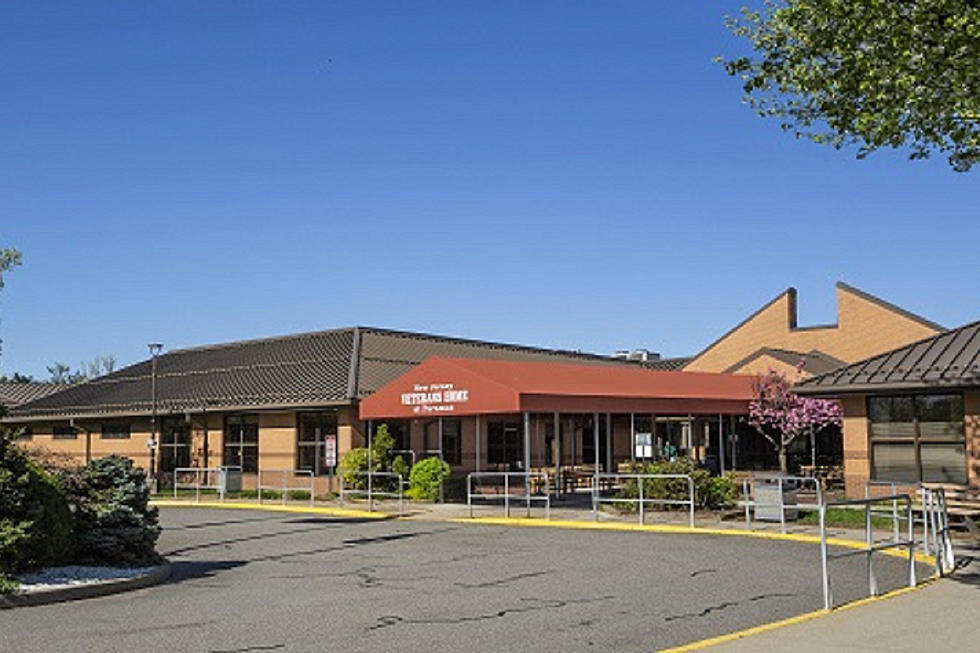
COVID help too easily skipping immigrant families, NJ group says
In New Jersey, the most ethnically diverse state in the nation, a 2019 New Jersey Policy Perspective report found that immigrants make up 22% percent of the Garden State's population, but run 47% of its Main Street businesses.
Despite that obvious impact to the state's economy, NJPP now says, the minority communities of New Jersey that are often dominated by immigrants remain underserved by, or ineligible for, certain relief programs.
"For them to be contributing to these sorts of efforts, but then (be) unable to benefit from those programs when the time comes is just tremendously unfair," Brandon McKoy, NJPP president, said.
It's one of the reasons, according to McKoy, that New Jersey was among the slowest states to recover from the Great Recession — a rebuild that was barely done in some areas, if completed at all, before the COVID-19 pandemic hit a year ago.

As McKoy, himself a child of an immigrant, explained in a briefing organized by the Robert Wood Johnson Foundation on Thursday, the immigrant population in his hometown of Trenton has helped grow that city even despite a lack of equitable access to programs and services.
That remains true when it comes to COVID-19 relief, he said.
On a national scale, the RWJ Foundation reported that 90% of children in immigrant families are U.S. citizens, but they represent more than 40% of all children who live in poverty across the country, and as many as 3.7 million kids may remain excluded from things like Supplemental Nutrition Assistance Program, or SNAP, benefits.
"Immigrants have been largely left behind, been an afterthought, honestly been pushed behind, and that's a tremendous mistake for a great number of reasons," McKoy said.
McKoy cited data from a recent study by the Institute on Taxation and Economic Policy showing that in New Jersey, the immigrant households that are specifically ineligible for pandemic relief or assistance pour nearly $600 million a year into the state's tax base.
Immigrant families, as others, also need to be able to benefit from initiatives like the Earned Income Tax Credit, according to McKoy, who believes that an investment in the EITC would be one of the most effective ways to reduce poverty and provide economic stimulus.
In 2018, he said, the EITC infused $2 billion into local economies across the state, helping to boost over a half-million workers and their families.
But with regard to immigrants, McKoy said New Jerseyans too often have what he called a "taker's mindset," failing to properly appreciate the work of these residents in such a diverse state as this.
"Those would be wise decisions and investments with massive benefits for all residents, and something we should do," McKoy said. "And we see other states doing this."
Specific states McKoy mentioned include Colorado, where a "left behind" workers' fund is supported by money from the CARES Act, Washington state and its immigrant refund, and California's public-private partnerships.
California, by the way, was the only state in the 2019 NJPP report that had a higher share of immigrant-owned Main Street businesses than New Jersey.
"If other states can do this, so can we, and so should we, because if we don't, our recovery will be tremendously weaker, it will be slower, and we can't afford that," McKoy said.
And if New Jersey can better understand how its policies work, as well as the shared history of its many ethnicities, McKoy hopes that will become part of a greater, united effort to emerge victorious from COVID-19.
Patrick Lavery is New Jersey 101.5's afternoon news anchor. Follow him on Twitter @plavery1015 or email patrick.lavery@townsquaremedia.com.
READ ON: See the States Where People Live the Longest
15 Iconic Retail Stores That Don't Exist Anymore (But We Totally Miss Shopping At)
More From New Jersey 101.5 FM









